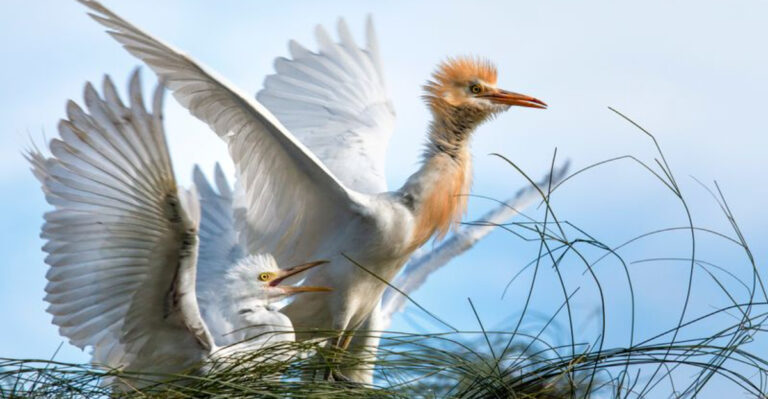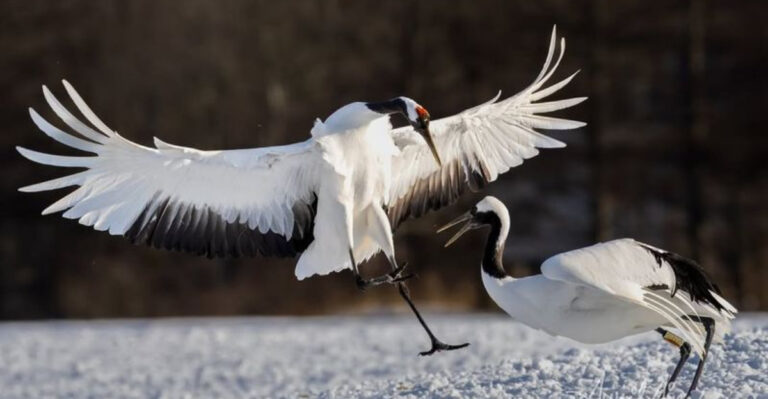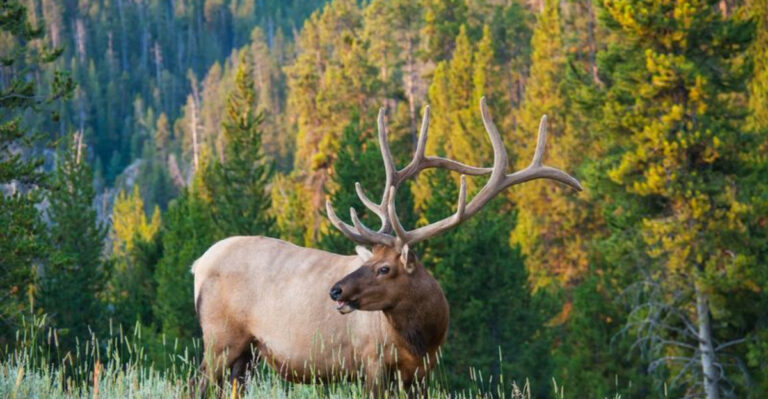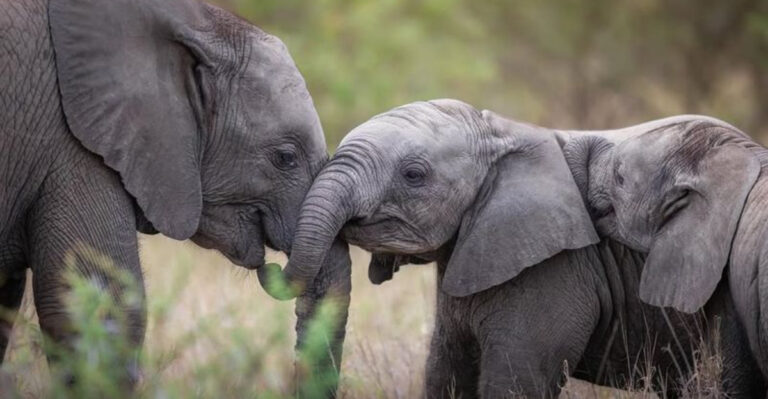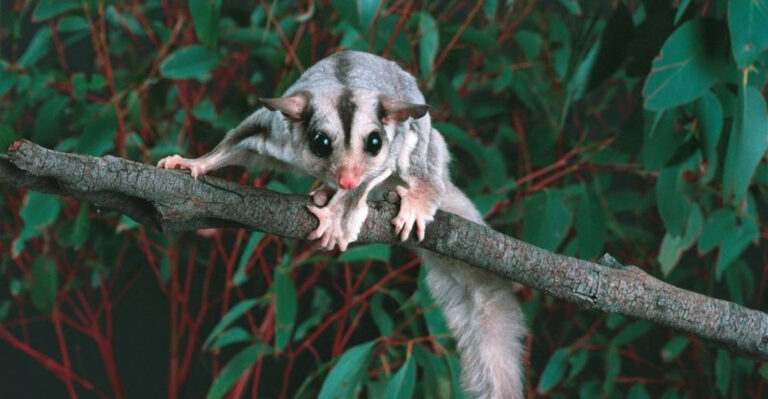12 Magnificent Animals You Can Find In Queensland
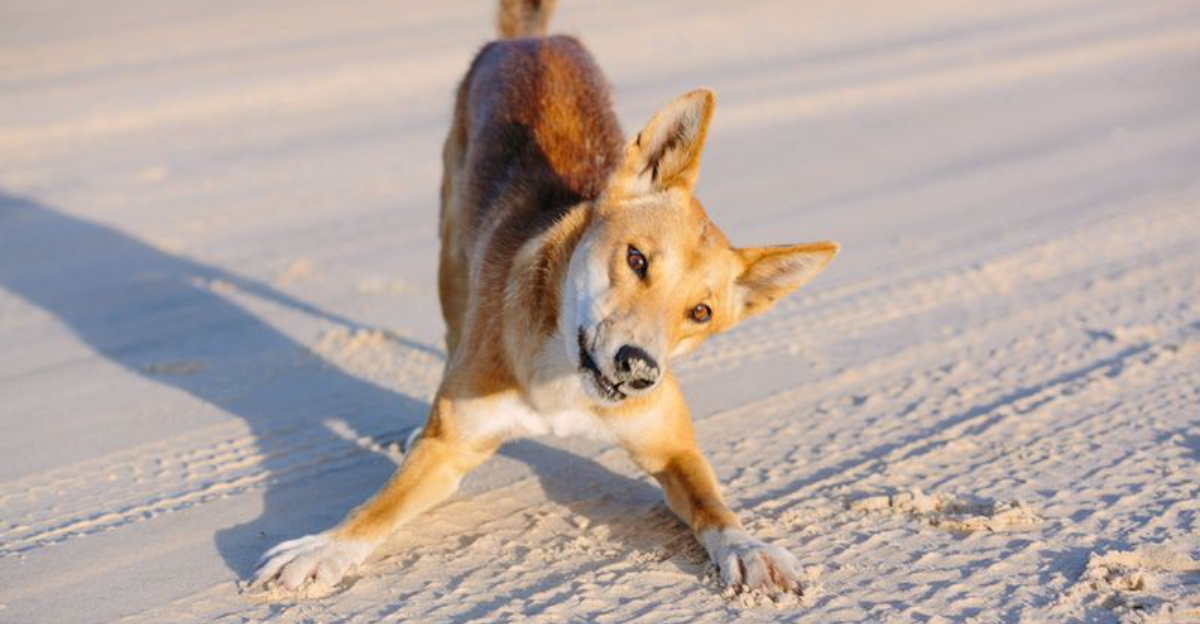
Queensland’s diverse landscapes, from its stunning reefs to lush rainforests, create perfect habitats for some of the world’s most fascinating creatures.
This northeastern Australian state boasts an incredible variety of wildlife that can’t be found anywhere else on the planet.
Whether you’re exploring the Great Barrier Reef or wandering through ancient forests, these magnificent animals will make your Queensland adventure unforgettable.
1. Great Barrier Reef’s Manta Ray

Graceful ocean ballerinas with wingspans reaching 7 meters, manta rays glide effortlessly through Queensland’s crystal waters. Their gentle movements belie their massive size.
Unlike their stingray cousins, mantas lack a defensive barb, making them harmless to humans despite their imposing appearance. Watching these majestic creatures perform underwater acrobatics is truly breathtaking.
2. Tree Kangaroo
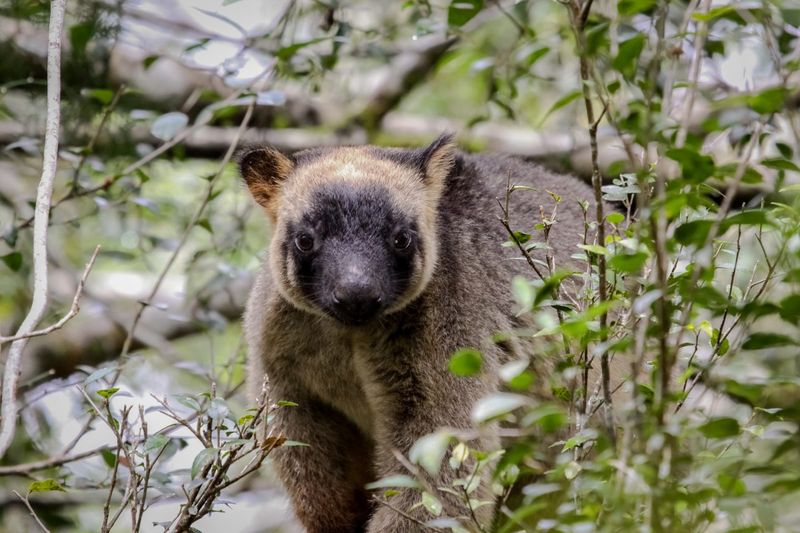
Imagine a kangaroo that climbs trees! These rare marsupials defy expectations with their adapted limbs and curved claws perfect for gripping branches.
Found primarily in Queensland’s Atherton Tablelands, their coppery fur blends perfectly with rainforest canopies. Unlike their ground-dwelling relatives, tree kangaroos move awkwardly on land but navigate treetops with surprising agility.
3. Dingo
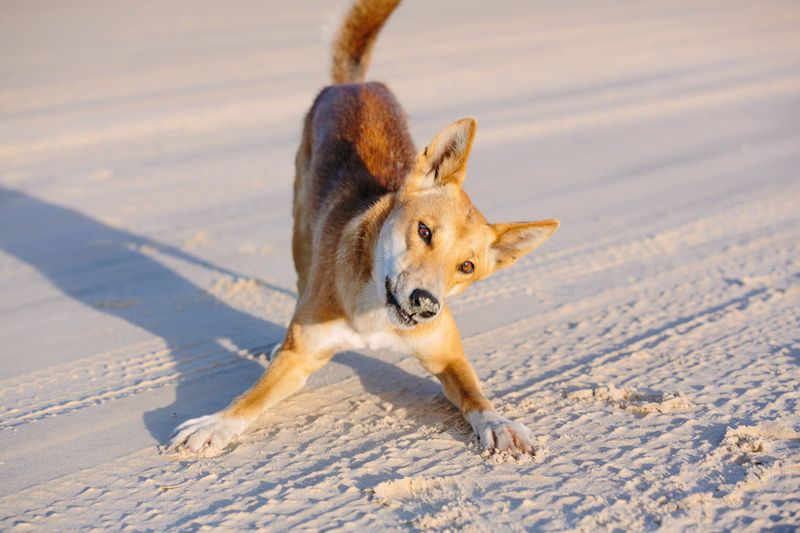
Australia’s wild canine roams Queensland’s diverse landscapes with a distinctive golden coat that shimmers in the sunlight. Highly intelligent and adaptable, dingoes form complex social structures similar to wolf packs.
Fraser Island hosts one of Australia’s purest dingo populations, offering visitors rare glimpses of these magnificent predators in their natural habitat. Their haunting howls echo across the outback at dusk.
4. Saltwater Crocodile
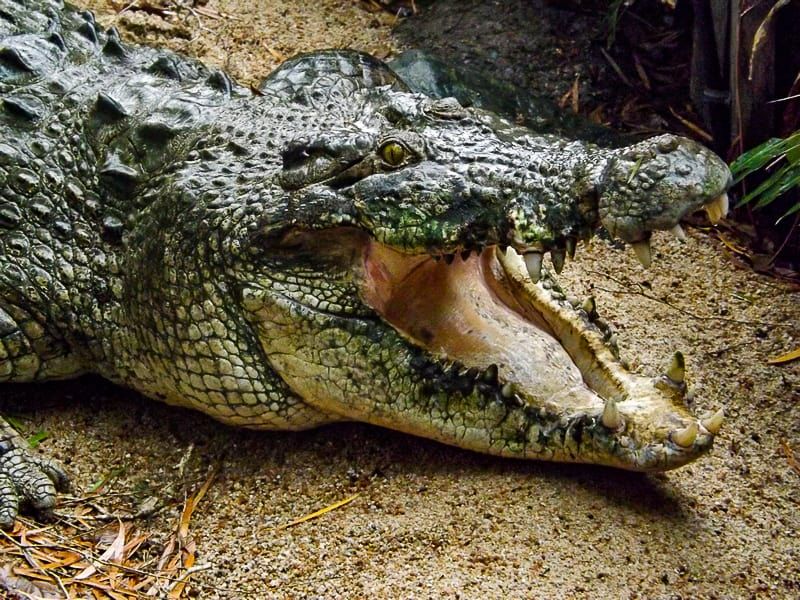
Ancient predators ruling Queensland’s northern waterways, saltwater crocodiles command respect with jaws powerful enough to crush bone. Some specimens reach staggering lengths of 6 meters!
Masters of stealth, these reptiles can remain motionless for hours before striking with lightning speed. Queensland’s Daintree River offers some of the best croc-spotting opportunities, though always from the safety of guided boat tours.
5. Cassowary
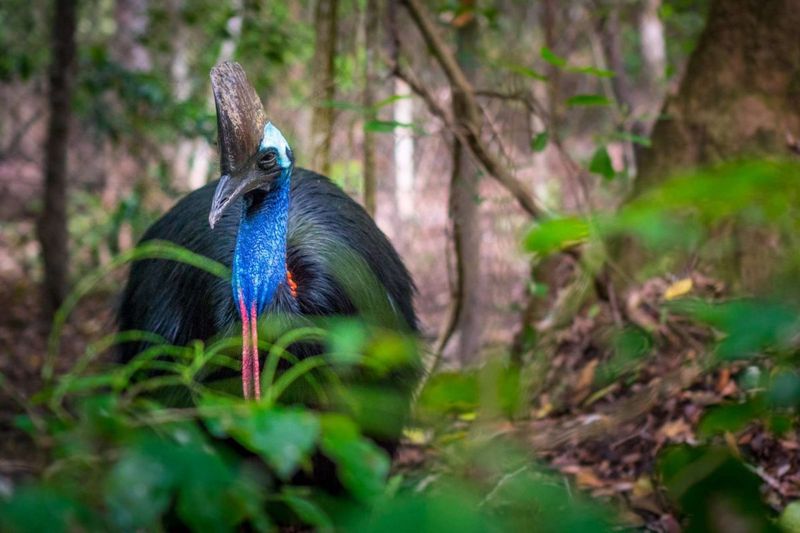
Prehistoric-looking birds with vibrant blue necks and imposing casques atop their heads, cassowaries command attention in Queensland’s tropical rainforests. Standing nearly 2 meters tall, they’re the third-largest bird species alive today.
Despite their fierce appearance and dagger-like claws, these endangered creatures primarily feast on fallen fruits. Their booming calls, which sound like distant thunder, echo hauntingly through the ancient forests.
6. Koala
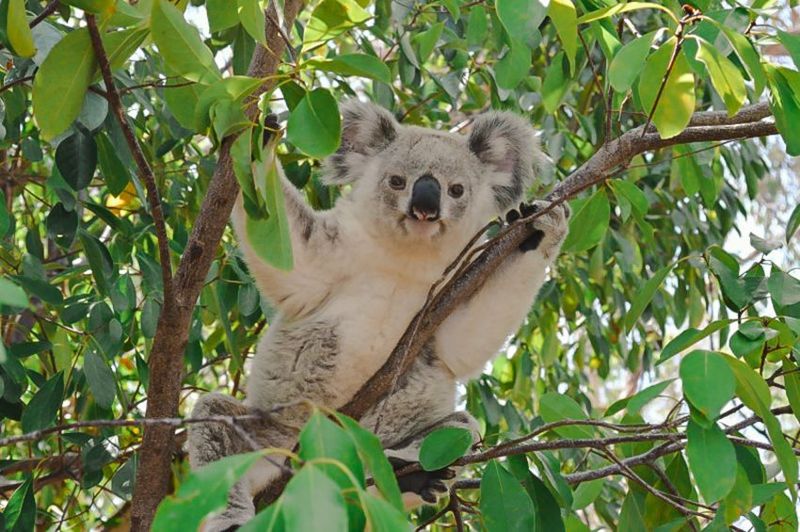
Drowsy eucalyptus connoisseurs, koalas spend up to 20 hours daily dozing in Queensland’s gum trees. Their specialized digestive systems process toxic eucalyptus leaves that would poison most other mammals.
Contrary to popular belief, these marsupials aren’t bears at all! Baby koalas, called joeys, develop in their mother’s pouch for about six months before venturing onto her back. Queensland’s Magnetic Island offers excellent opportunities to spot these iconic creatures.
7. Green Sea Turtle
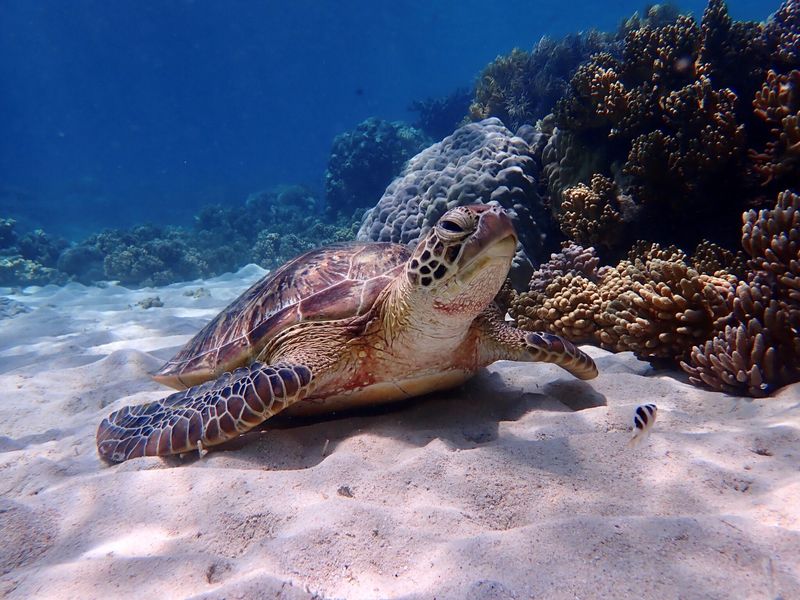
Ancient mariners of Queensland’s coastal waters, green sea turtles navigate vast ocean distances using Earth’s magnetic field. Some individuals live over 80 years!
Named for their greenish body fat rather than their shells, these endangered reptiles return to Queensland’s beaches to lay eggs in the same location where they hatched decades earlier. Mon Repos beach hosts the largest nesting population on Australia’s east coast.
8. Reef Sharks

Sleek guardians of Queensland’s coral kingdoms, reef sharks patrol the Great Barrier Reef with elegant precision. The white-tip and black-tip varieties are most commonly encountered by snorkelers and divers.
Far from the fearsome reputation of their larger cousins, these sharks typically reach only 1.5 meters in length. Their presence indicates a healthy reef ecosystem, as these apex predators help maintain the delicate balance of marine life.
9. Eastern Grey Kangaroo
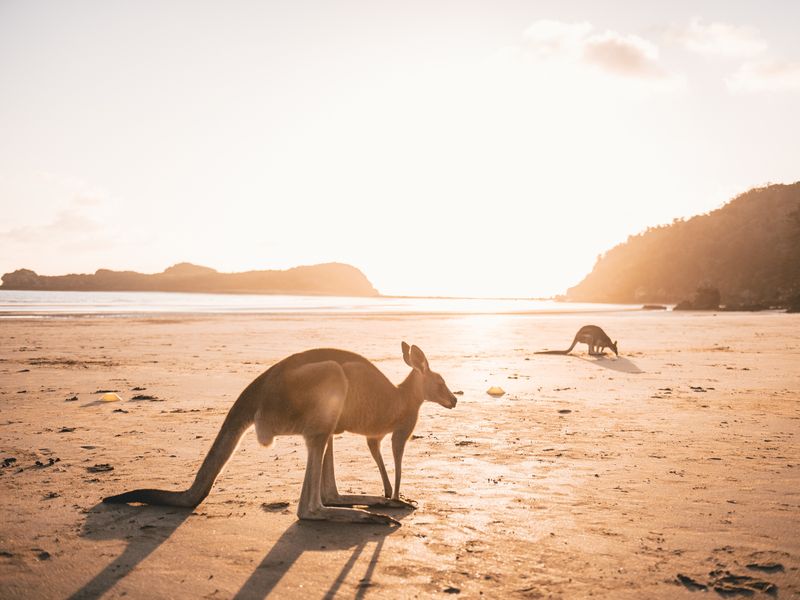
Bounding across Queensland’s grasslands at speeds reaching 70 km/h, Eastern Grey Kangaroos embody Australian wilderness. These muscular marsupials can leap an astonishing 9 meters in a single bound!
Females carry their jellybean-sized newborns in a forward-facing pouch for about 9 months. Cape Hillsborough National Park offers magical sunrise experiences where these magnificent creatures gather on the beach at dawn.
10. Sugar Glider
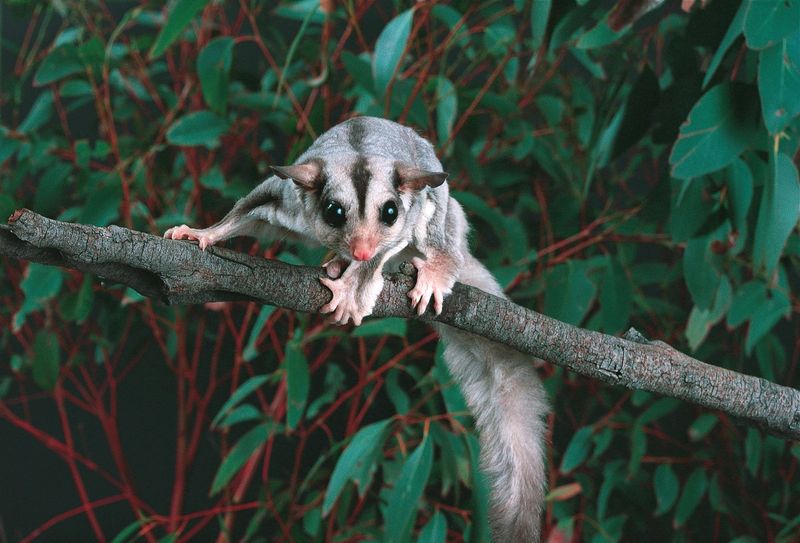
Moonlight acrobats of Queensland’s eucalyptus forests, sugar gliders launch themselves between trees, soaring up to 50 meters in a single glide. Their secret? A membrane called a patagium stretching from wrist to ankle.
No bigger than a human hand, these pocket-sized marsupials have enormous eyes for nighttime navigation. Social creatures by nature, they live in family groups and communicate through complex vocalizations ranging from gentle purrs to sharp barks.
11. Whales
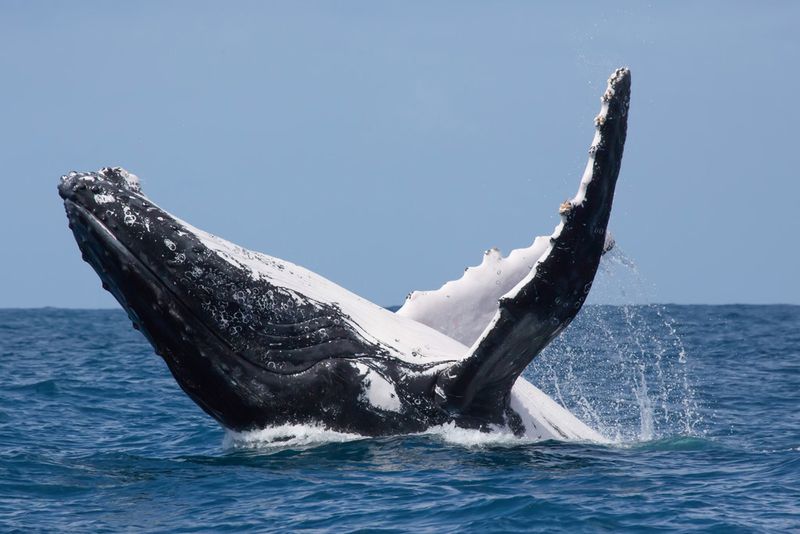
Majestic ocean nomads grace Queensland’s coastline during their annual migration between May and November. Humpbacks steal the show with spectacular breaches, launching their 40-ton bodies entirely out of water.
Mothers and calves often linger in Hervey Bay’s sheltered waters, offering unparalleled viewing opportunities. The haunting songs of male humpbacks can travel for miles underwater, with complex melodies that change each season like oceanic hit parades.
12. Platypus

Nature’s ultimate puzzle, the platypus combines a duck’s bill, beaver’s tail, and otter’s feet into one bewildering package. These shy monotremes detect prey through electroreception, sensing electrical signals from underwater creatures.
Male platypuses pack venomous spurs on their hind legs—the only poisonous mammals besides some shrews. Dawn and dusk offer the best chances to spot these elusive swimmers in Queensland’s Eungella National Park, a premier platypus-watching destination.

